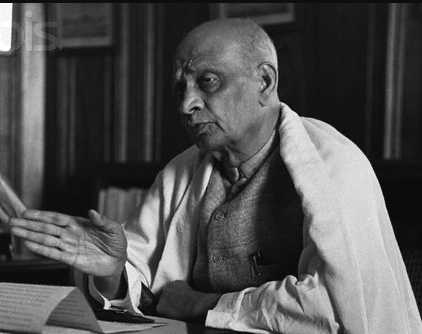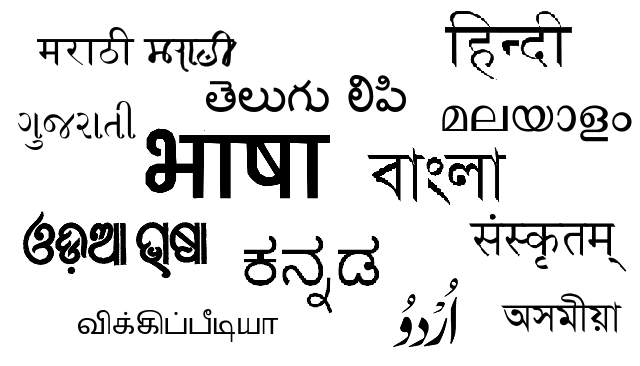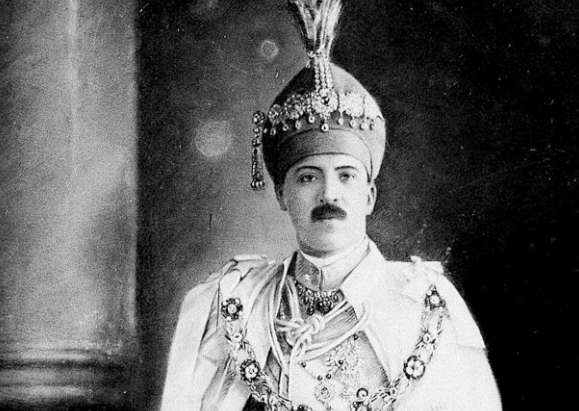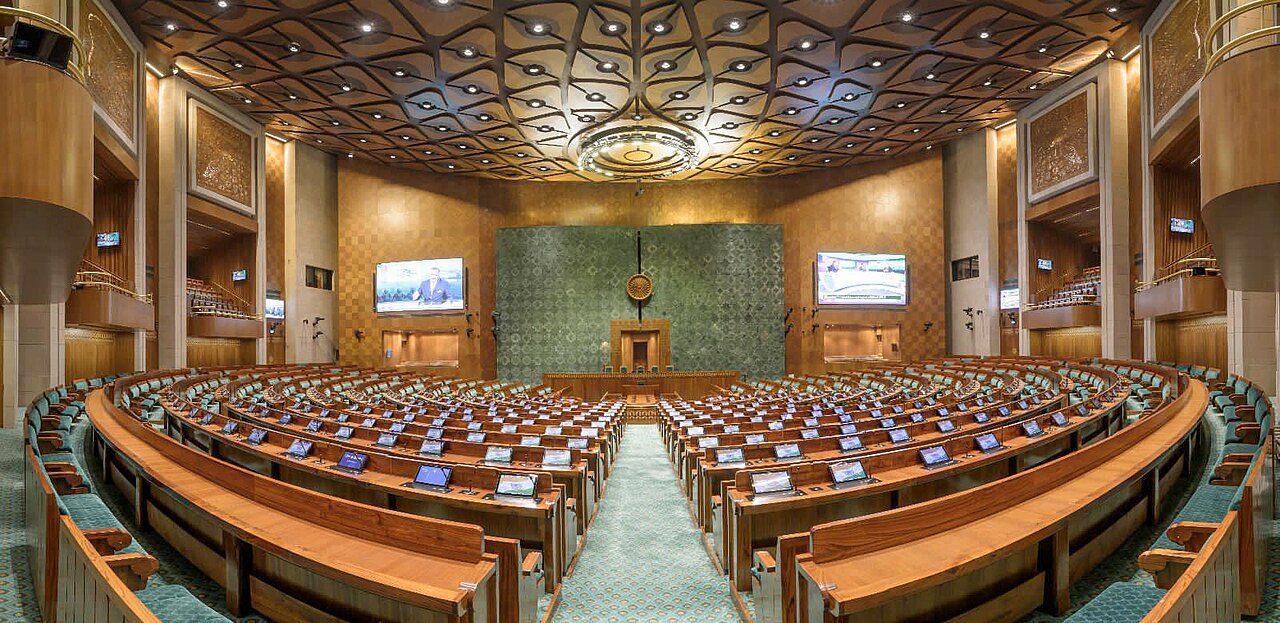General Studies 1
Bank Nationalisation in India
What is it?: Bank Nationalisation refers to the process where the government takes control of private banks, making them public sector banks. Phases of Bank Nationalisation The First Phase: Nationalisation of Major Banks (1969) Date of Nationalisation: On July 19, … Continue reading
White Revolution
White Revolution in India Who introduced it?: White revolution was introduced by Dr. Verghese Kurien. Other Name: The White Revolution was also known as Operation Flood. Objective: The main objective was to create a nationwide milk grid and transform India … Continue reading
Green Revolution
What is the Green Revolution? Definition: The Green Revolution refers to a series of research, development, and technology transfer initiatives that significantly increased agricultural production globally, particularly in developing countries during the 1960s and 1970s. Green Revolution in India In … Continue reading
Land Reforms
Basics Launch: Prime Minister Jawaharlal Nehru launched land reforms in 1950. Objective: To dismantle the centuries-old feudal system, reduce tenancy-related exploitation, and ensure that landless farmers had access to cultivable land. Outcomes Abolition of the Zamindari System The Zamindari system, … Continue reading
Nehru Era (1947 – 1964)
Contribution of Jawaharlal Nehru to India’s Science and Technology Post-Independence Vision for a Scientific India: Nehru viewed science and technology as essential for India’s development and modernization. He advocated for a “scientific temper” as a guiding principle for national progress. … Continue reading
Role of Patel in the Integration of Indian States
Appointment and Responsibility – Patel was appointed as Deputy Prime Minister and Minister of Home Affairs in 1947, entrusting him with the task of unifying the princely states into the Indian Union. Diplomacy and Persuasion – With V.P. Menon, Patel … Continue reading
Linguistic Reorganisation of States
Background and Reasons Linguistic Demands: Post-independence, there was widespread demand for states based on linguistic lines to better represent local languages and cultures. Administrative Efficiency: It was also seen as a way to improve governance by aligning administrative boundaries with … Continue reading
Consolidation of Indian Union – Major States Consolidated
Travancore The de-facto ruler, C P Ramaswamy Aiyer, initially aimed for an independent Travancore. Travancore’s intention to join the Dominion of India was expressed through the signing of the Instrument of Accession by Maharaja Chithira Thirunal Balarama Varma. The princely … Continue reading
Prime Ministers in Post-Independent India
Jawaharlal Nehru (1947-64) Lal Bahadur Shastri (1964-66) Indira Gandhi (1966-77, 1980-84) Morarji Desai (1977-79) Charan Singh (1979-80) Rajiv Gandhi (1984-89) V P Singh (1989-90) Chandra Shekhar (1990-91) P V Narasimha Rao (1991-96) Atal Bihari Vajpayee (1996, 1998-2004) H D Deva … Continue reading
Stone Ages
Paleolithic (Old Stone Age) About the Period The period before 10000 B.C.E is assigned to the Old Stone Age. Old Stone Age sites can be found over the Indian subcontinent and are usually located near water sources. Caves and Rock … Continue reading









